Buying and selling a home isn’t what it used to be. With rising property prices, limited supply and shifting lifestyle needs, Australians are rethinking the dream of relocation and opting to renovate instead.
Rather than moving somewhere new, homeowners are choosing to stay put and transform the spaces they already love. Renovation spending has surged over the past five years1, proving it’s now seen as the smarter and more cost-effective way to create a dream home that fits in with modern life.
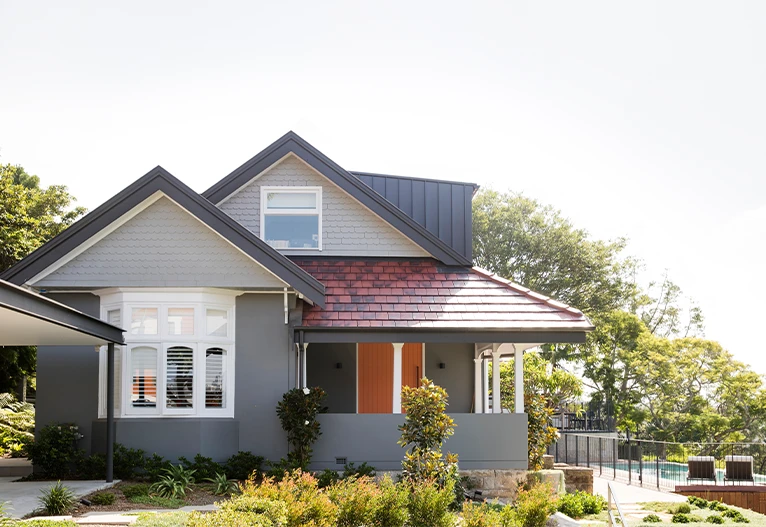
Why we’re renovating, not relocating
The decision to renovate isn’t just about aesthetics. Practical realities are driving the shift, too.
“The biggest trigger is lack of space – older homes, particularly those built before the 1990s, often have just one bathroom, causing chaos as families grow. For many of our clients it’s the arrival of children, teenagers needing more privacy, or multi-generational living with elderly parents that can all spark a need for a renovation. Combined with the rise of working from home, many homeowners are also looking at extensions for dedicated home offices and quiet zones.”
Simone Mathews, SOUL Home Interior Designer and Director
It’s all about street appeal and smart design
When an extension is part of the renovation plan, whether it’s a ground-floor addition or a new upper level, it often becomes the catalyst for refreshing the entire exterior. A consistent façade ties the old and new together while adding significant value.
“Street appeal is an important consideration to ensure a home’s exterior reflects the homeowner’s vision. It’s not just about looking good – a well-designed façade protects your home and family from the elements while improving thermal comfort.”
Simone Mathews, SOUL Home Interior Designer and Director
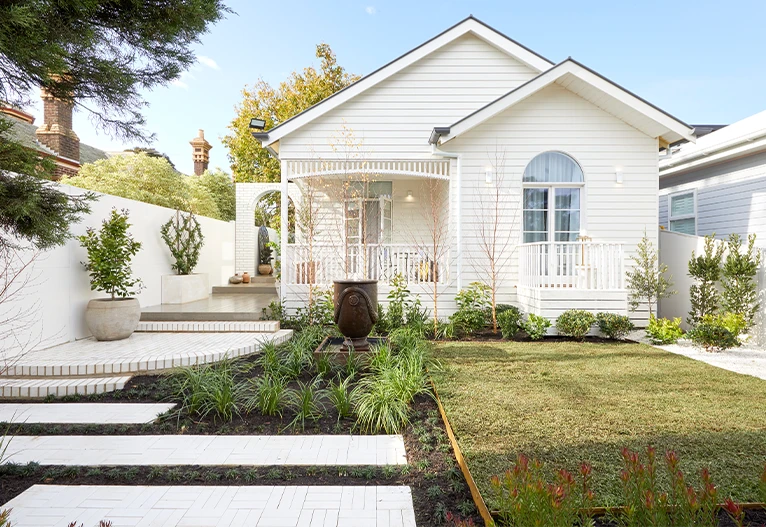
CSR Building Products’ latest research shows Australians are increasingly mixing practicality with personality. Modern exteriors that combine multiple materials are now in high demand.
“Every part of the exterior works as a system. Roofing protects from above, insulation keeps homes energy-efficient and comfortable, bricks and cladding deliver character, and plasterboard completes the new spaces inside. Thinking holistically creates homes that are as functional as they are beautiful.”
Simone Mathews, SOUL Home Interior Designer and Director
The first step, Simone says, is defining your house style. She explains that the choices renovators make for their home’s exterior set the tone for the interior, and these decisions influence how your home will last well into the future.
How To Create Your Own Style When Renovating
Whether you’re modernising a first home, creating space for a growing family, or making life easier as you downsize, the goal remains the same: renovate to elevate.
Below, Simone shares four timely tips to help you nail your personal style when it comes to renovating.
1. Connect the exterior with the interior
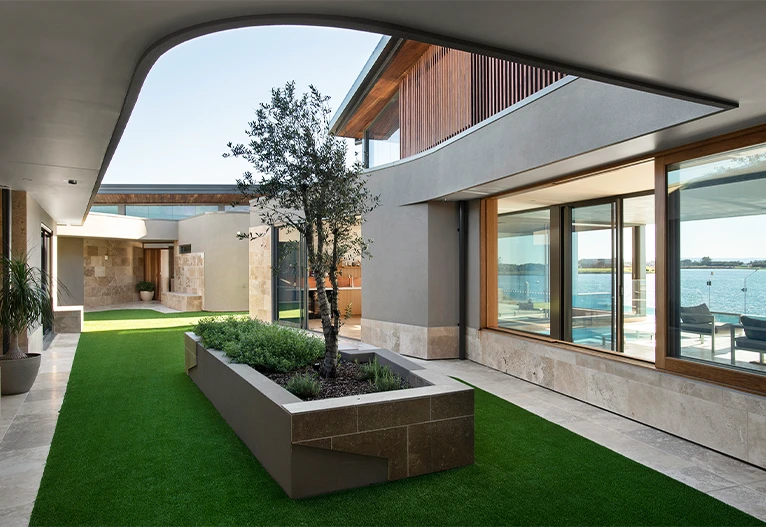
Carry similar textures, colours and materials between inside and out to create flow. Timber-look cladding, such as Balmoral Weatherboards by Cemintel, adds a coastal touch and works beautifully in outdoor rooms.
Bricks work just as well inside as they do outside. A feature wall or fireplace can bring warmth and character that suits contemporary spaces and heritage-inspired homes alike.
“Access to nature and the outdoors is key to the Australian lifestyle. As a result, home design is maximising indoor/outdoor spaces, verandahs and balconies, courtyard gardens and a greater incorporation of greenspace into home design and landscaping.”
Simone Mathews, SOUL Home Interior Designer and Director
2. Use colour to unite different materials
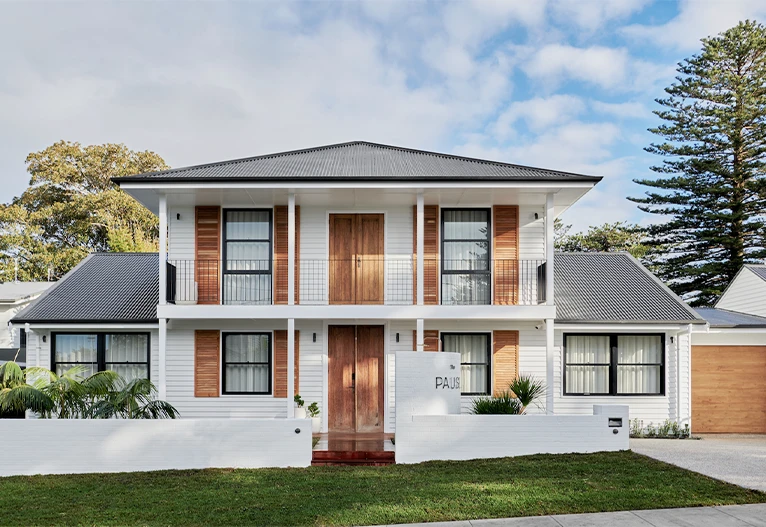
Curated palettes like bold black, easy neutrals or fresh greys make it easier to achieve a cohesive result across bricks, cladding and roofing.
Bold, monochrome colours accentuate facades and create a strong contemporary feel, which is perfect for the clean lines of the Modernist look. Whereas, using crisp white is perfect for a relaxed lifestyle, well-suited to the Coastal look, and soft neutrals and greys can be used for a timeless Classic home style.
“To ensure a balanced and visually appealing façade, stick to the rule of three – choose no more than three different colours – a dominant colour in which the majority of the house is painted, a secondary colour for fascias, guttering, window trims and an accent colour for a feature such as a front door.”
Simone Mathews, SOUL Home Interior Designer and Director
3. Embrace texture
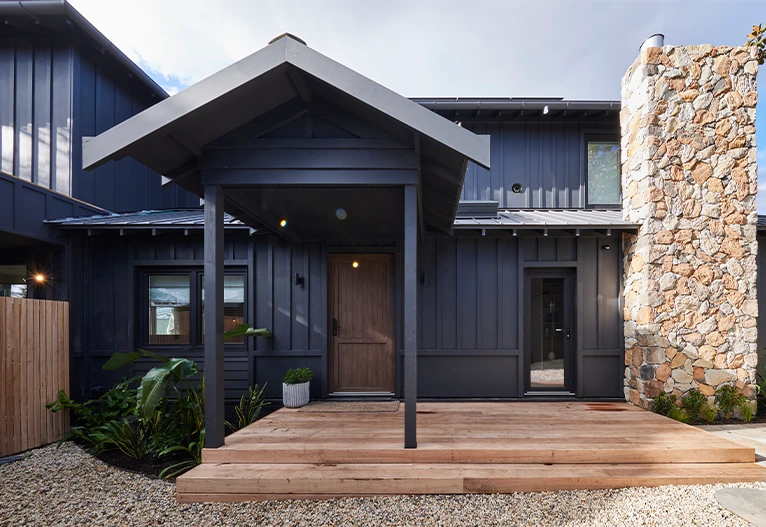
Texture has the power to instantly update an older home, adding depth, individuality and interest to the home aesthetic. Mixing building materials such as brick, cladding and stone breaks up large surfaces and can create an architectural feel.
A smooth render creates a clean, modern base, allowing complementary material, such as cladding with its linear texture, to stand out. Stone offers natural, tactile features and when used around an entryway or front door, can provide a focal point that feels both inviting and enduring.
When expanding an existing home, whether through an extension or an upper level, there’s an opportunity to introduce texture by creating a complementary design statement that enhances both the aesthetic appeal and liveability of the property. When mixing modern and traditional, use consistencies across colour palettes, window treatments or material choices to tie back to the specific style.
“Street appeal, however, goes beyond the façade. Extending the same materials into landscaping features, fences, pathways, or a welcoming front porch creates balance and continuity, ensuring the home makes a strong first impression.”
Simone Mathews, SOUL Home Interior Designer and Director
4. Don’t forget comfort
While appearance is vital, true liveability comes from comfort. Acoustic insulation, like Soundscreen, helps create a quieter home by reducing noise transfer between rooms and blocking out external sounds, which is invaluable for busy households.
Thermal performance is equally important. High-quality insulation, double-glazed windows and energy-efficient walling systems stabilise indoor temperatures, reducing reliance on heating and cooling. The result is a home that feels more comfortable year-round, while also saving on energy costs and supporting sustainability.
Check out the free CSR Style Guide for more advice on styles, colour palettes and material combinations across bricks, cladding, roofing, insulation and interiors.
Sources:
- https://kpmg.com/au/en/media/media-releases/2024/11/decline-in-new-builds-while-home-renovations-surge.html ↩︎
Have you chosen renovating over relocating? What factors influenced your decision?

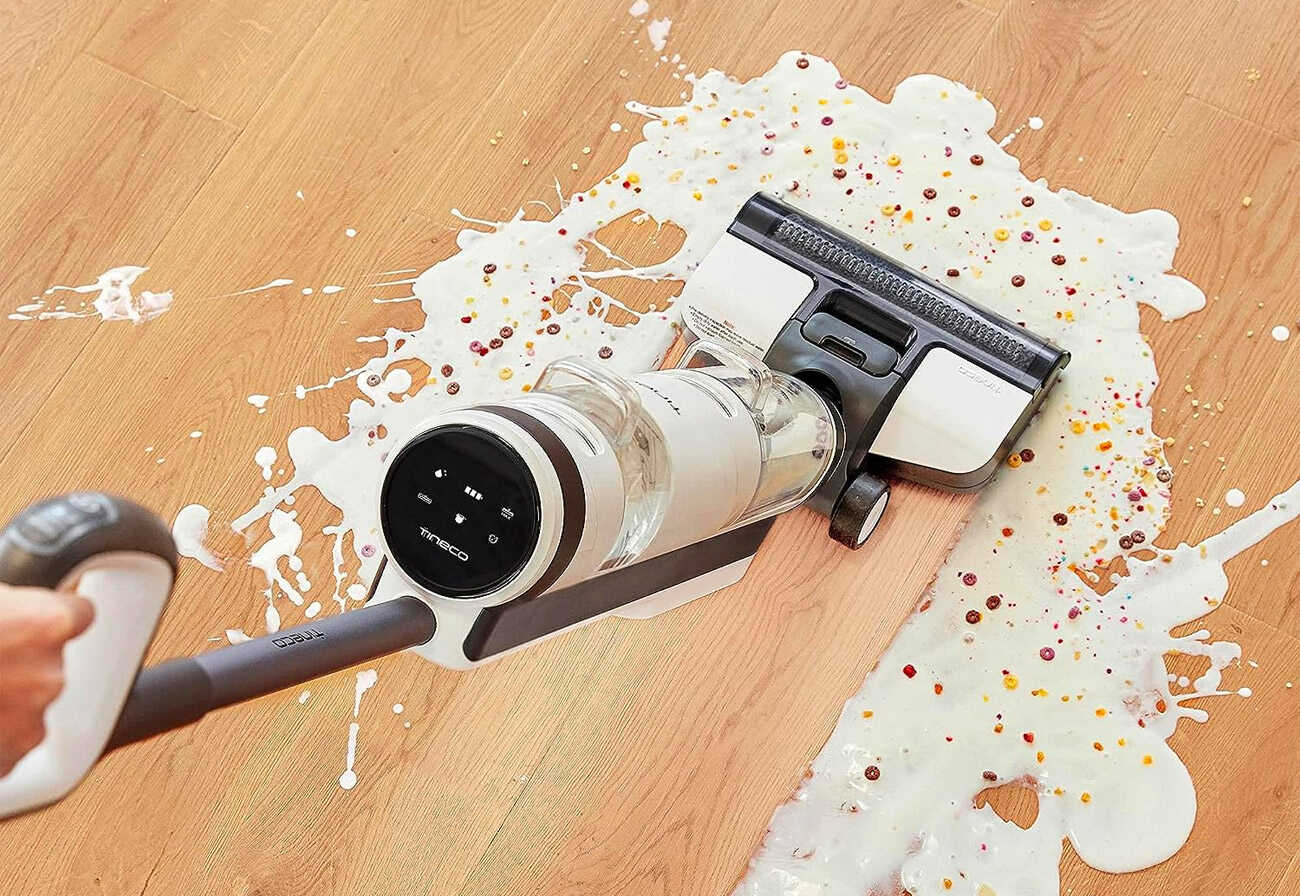

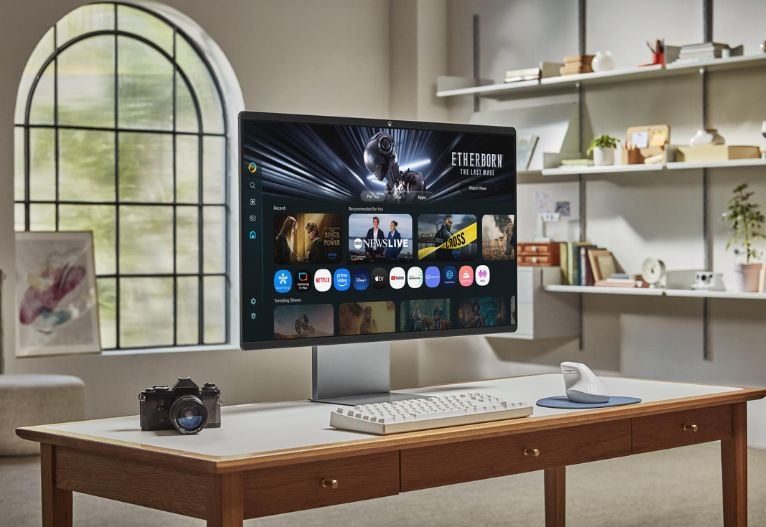
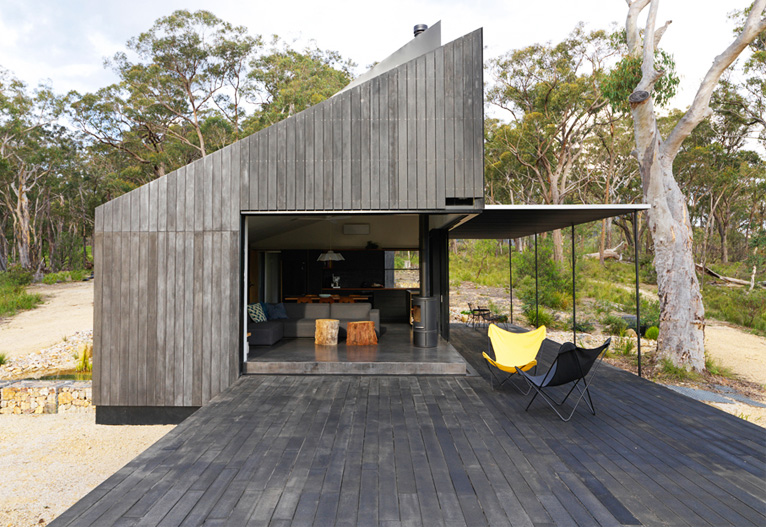
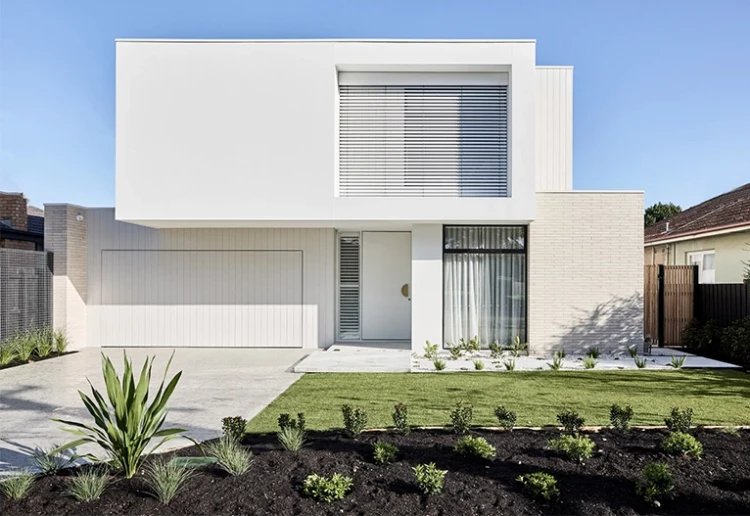
-

-
-
misha, VIC
- 14 Dec 2025
-

-
-
MH513900, NSW
- 27 Nov 2025
-

-
-
TraceyGail, NSW
- 12 Nov 2025
-

-
-
MH513376, WA
- 03 Nov 2025
-

-
-
MH514261, NSW
- 28 Oct 2025
Post a commentTo post a review/comment please join us or login so we can allocate your points.